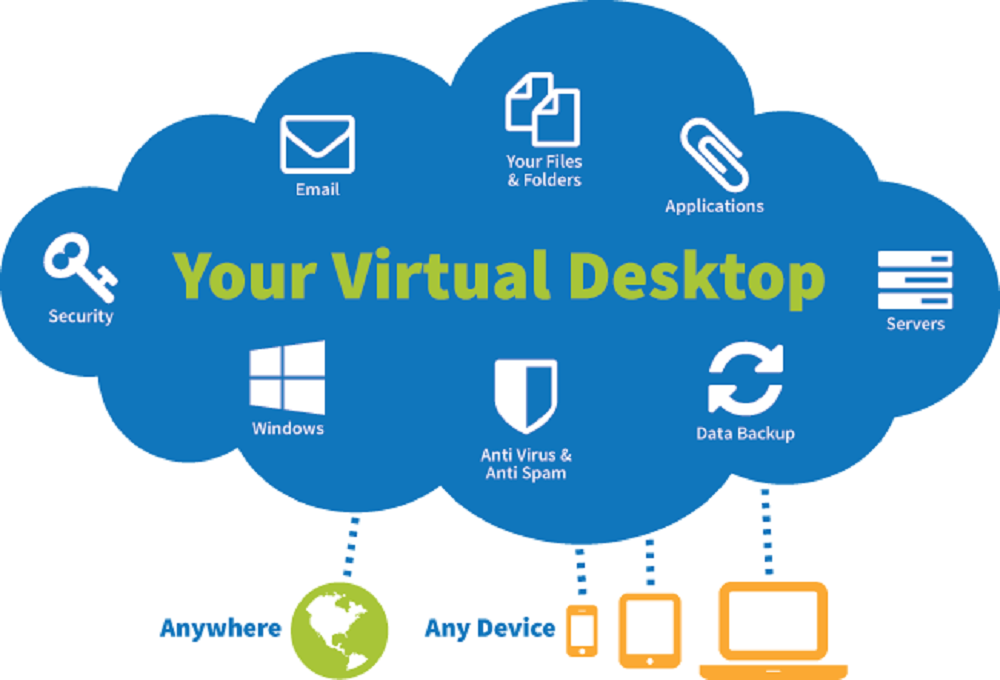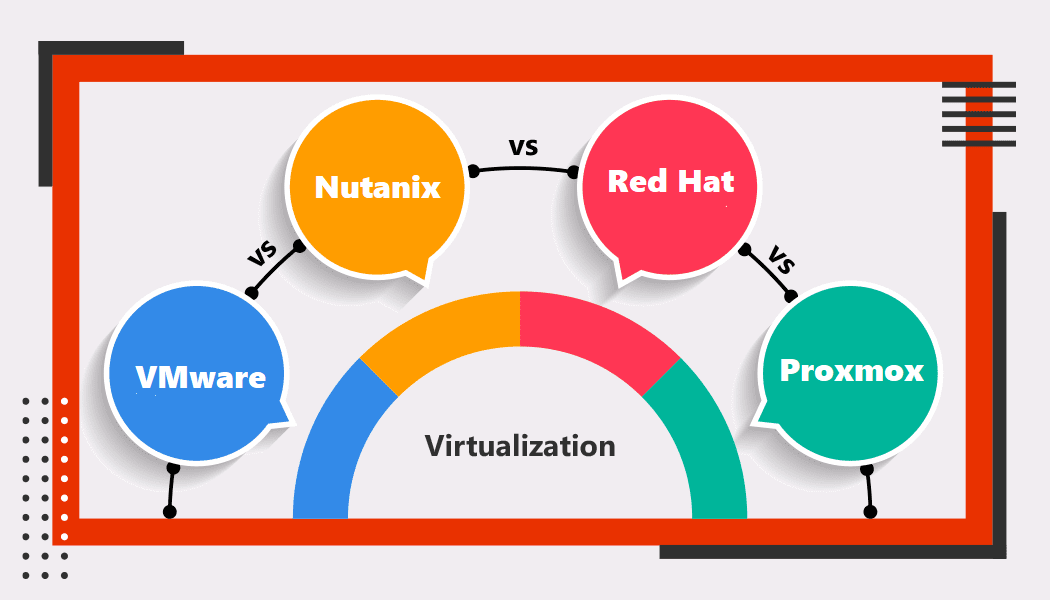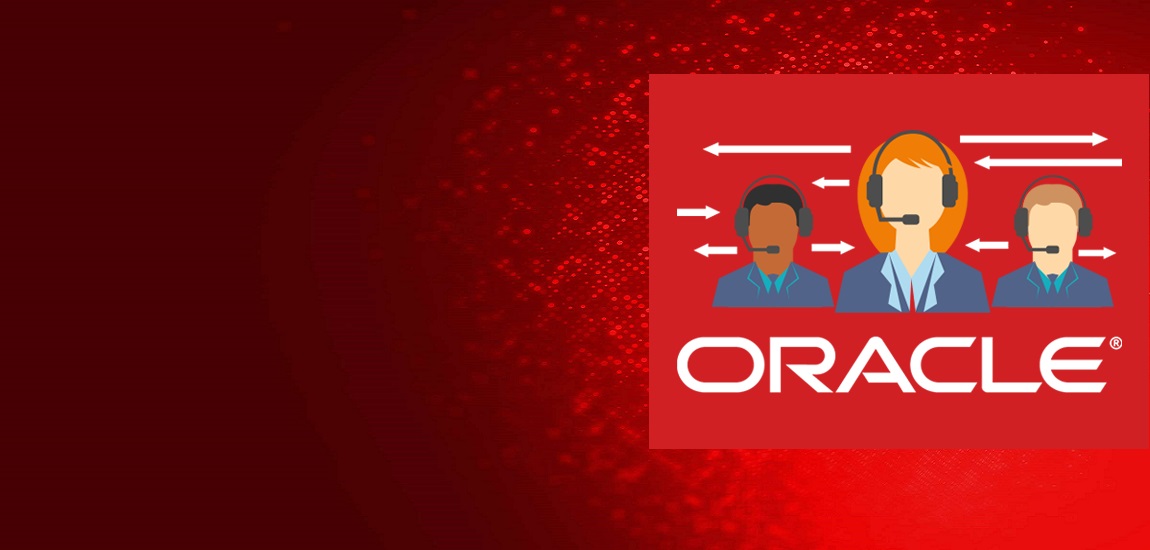A technology which started almost 15 years back seems to finds its mojo back during these times. My discussion with few key stakeholders and clients broadly directs me to following two reasons ;
a) Digitisation drive due to the pandemic and b) significant maturity in the underlying technology over last decade.
While remote working needs does coerce us enough to explore its feasibility, it is actually developments in technology across spectrum which makes it simpler than it was before. A VDI technology is more like an orchestra than a single device show. To make it right, one needs multiple technologies to sync correctly to give users the experience they are used to, with their desktops or laptops. And that is the reason perhaps IT managers look for a single window solution rather than trying to integrate multiple nuts and bolts from multiple vendors.
Few key technologies which need to work together for a successful VDI deployment are: Operating system, Virtualization (VMs and Hypervisor), connection broker, servers, storages, network and few more which will ensure that your user experience is at least fair and data is secure. Add to it few more hygiene factors like data encryption, data leakage/loss prevention, disaster recovery, user manageability, bandwidth optimisation, monitoring and manageability control which take the experience to the next level. Having listed them all, if we try to approach them individually, it will be complex, cumbersome and not to mention expensive.
If we take a step back and try to understand the anatomy of a VDI solution, it is an application driven and hardware agnostic. If we are able to club critical sections under one umbrella software, it becomes easier to deploy, manage/monitor and reasonable on budget. And this is the approach which will drive the VDI of future, be it cloud or on premise into the mainstream.
If dig deeper, we have also seen that each business case has its unique needs. A manufacturing unit will have different set of requirements compared to a healthcare company, mining entities will need to tweak it differently vis –a-vis ITES or consulting companies. There will always remain some rough edges to be smoothened and adaptations to be made, hence the need for PoC to tweak it as per the business need.
We may love it or hate it, but this will be the approach to work and data management in times to come and to make it successful, mass adoption and ability to integrated/work well on the legacy hardware will make the difference. Thankfully, today we are able to address these challenges and the only thing we need is the willingness to drive the change which has become a “must” now
Wizertech informatics is a multinational System Integration company with enriching experience in Server & Storage Virtualization, Desktop Virtualization, VDI platforms from key OEMs like Citrix, VMware, HiveIO, Accops & Microsoft & AWS. To reach us, email at gulshank@wizertech.in or umesh@wizertech.in





